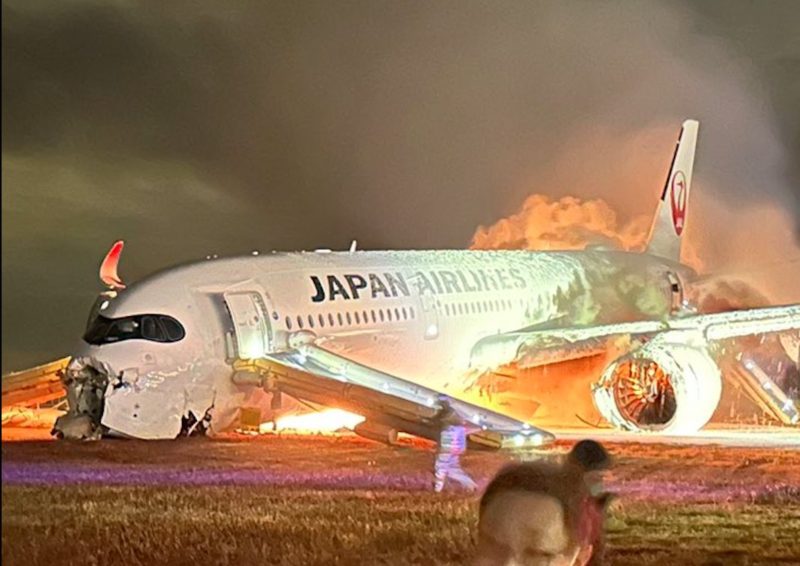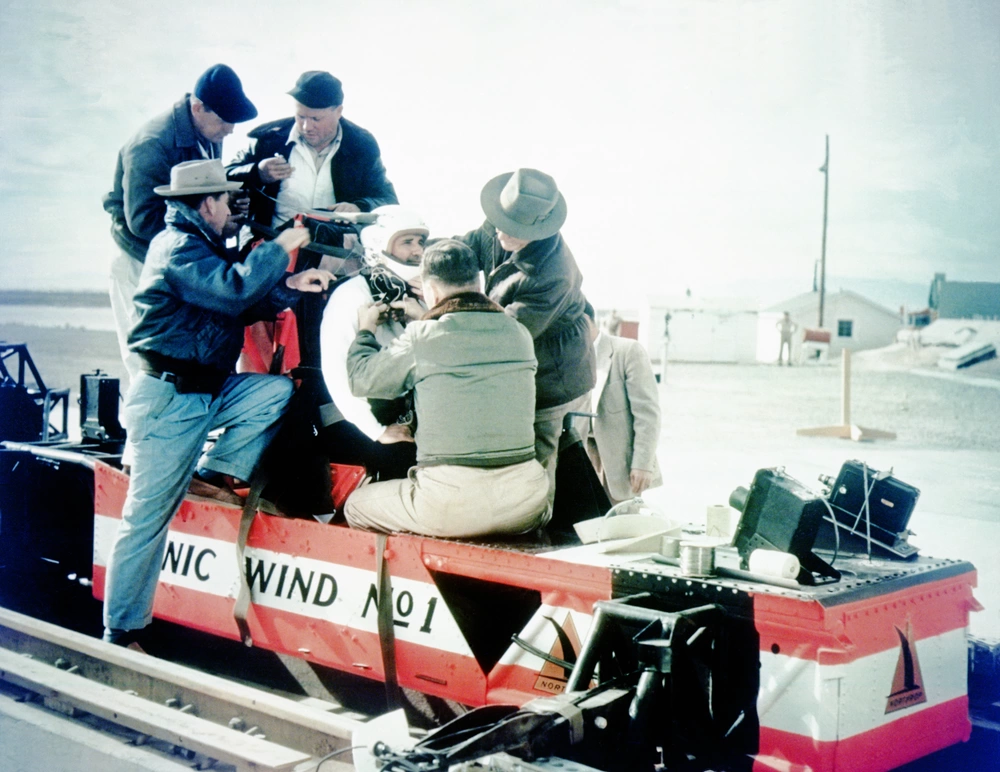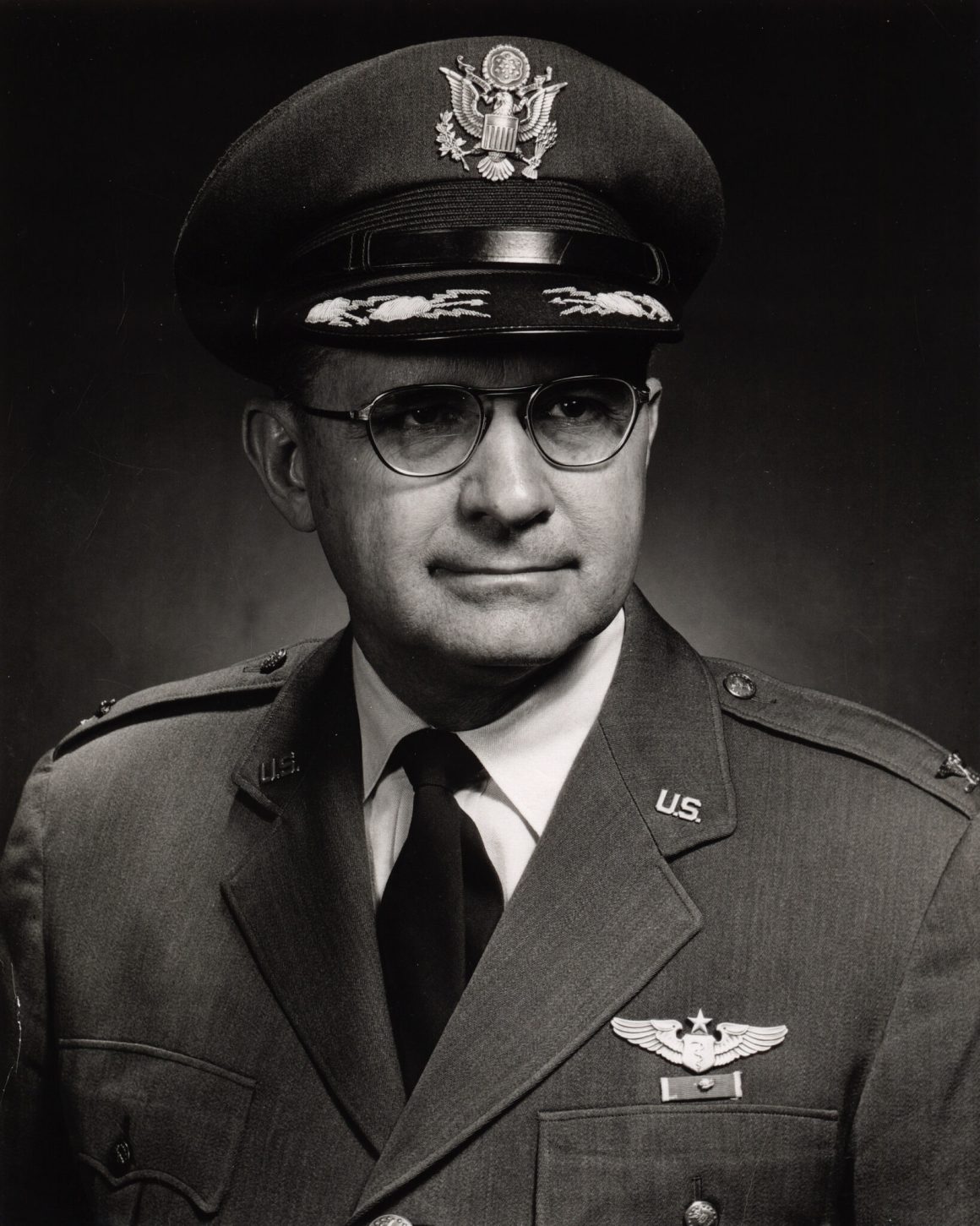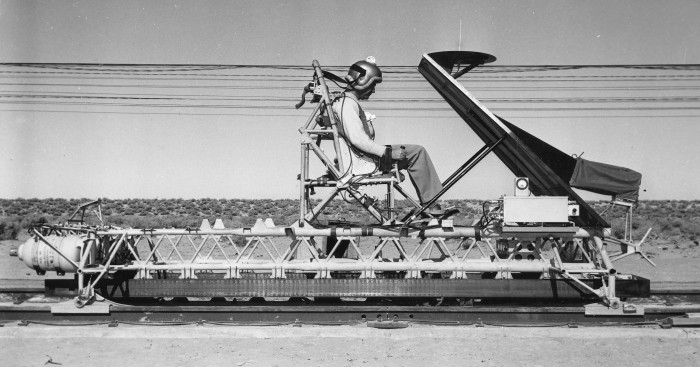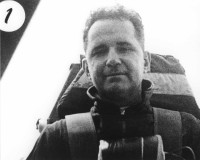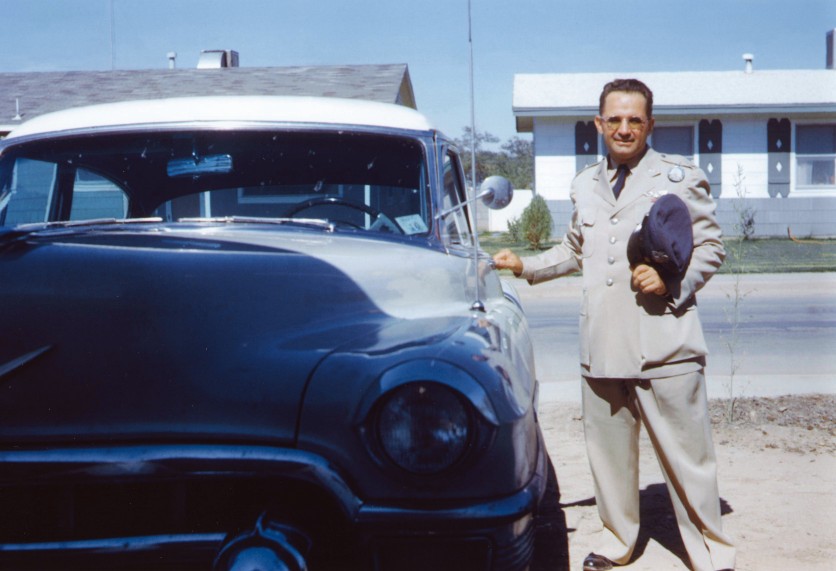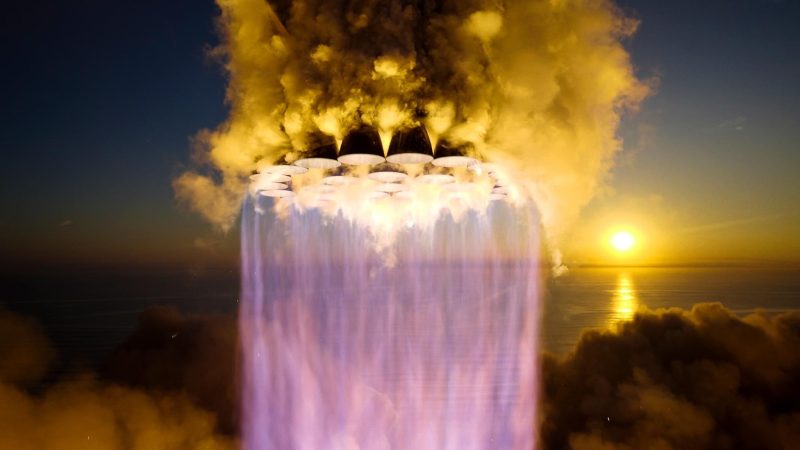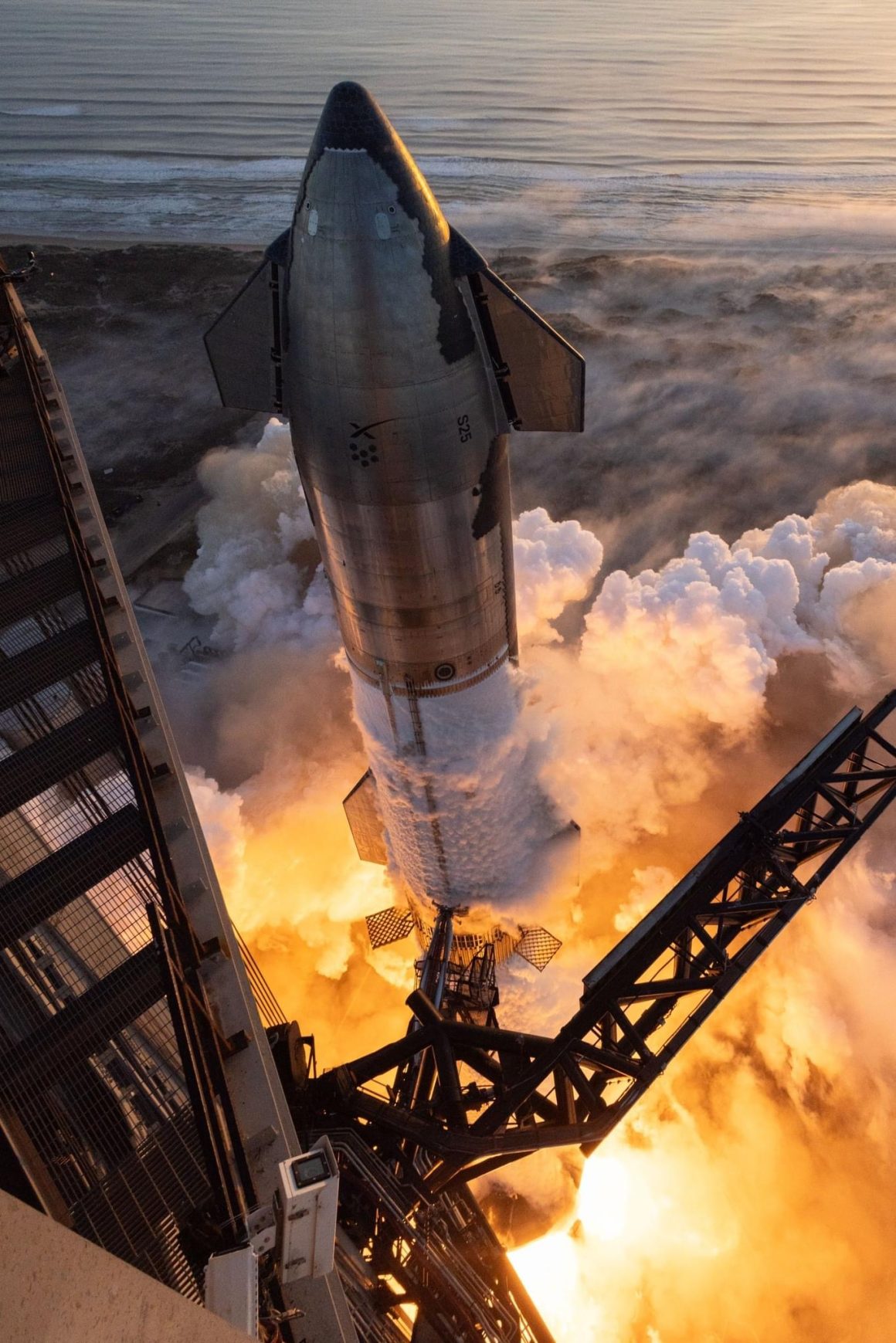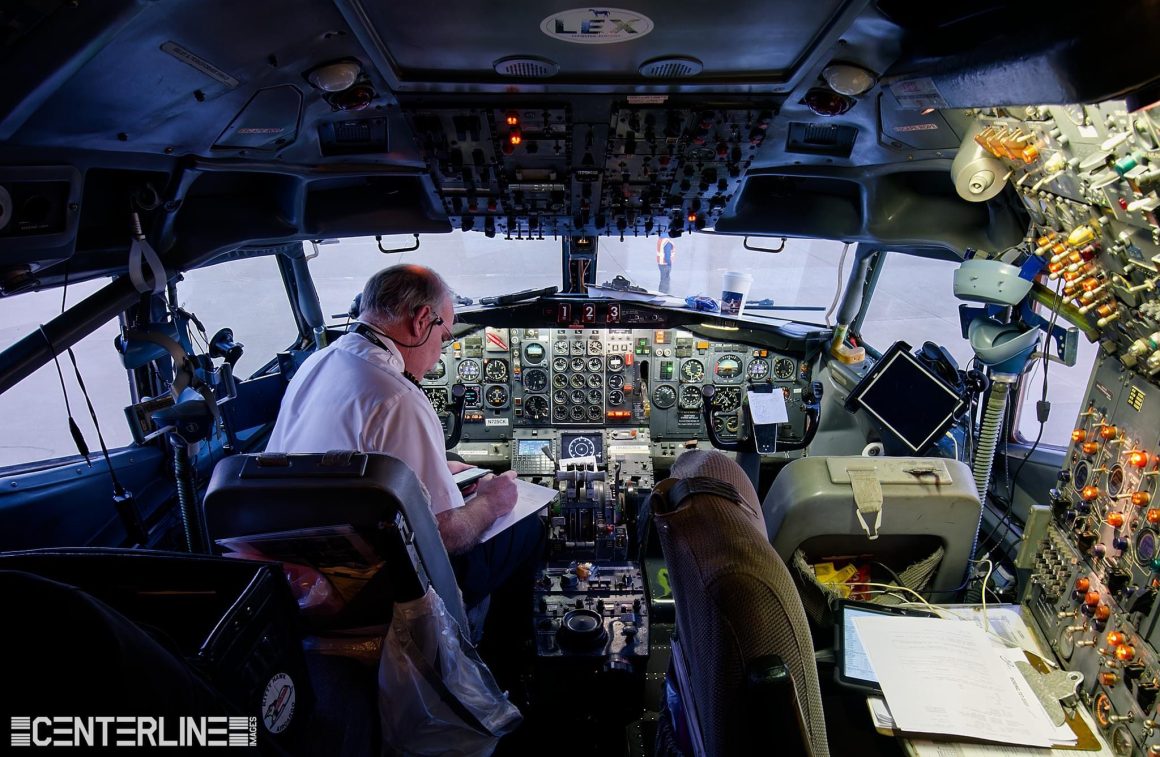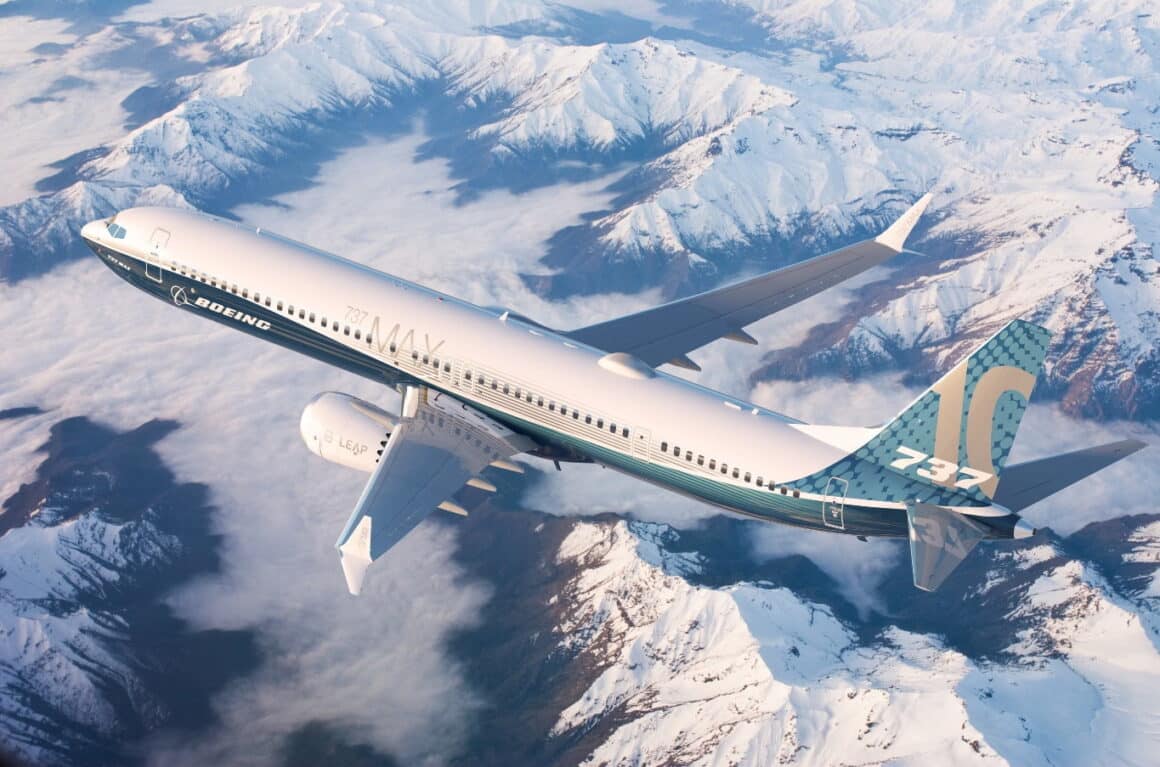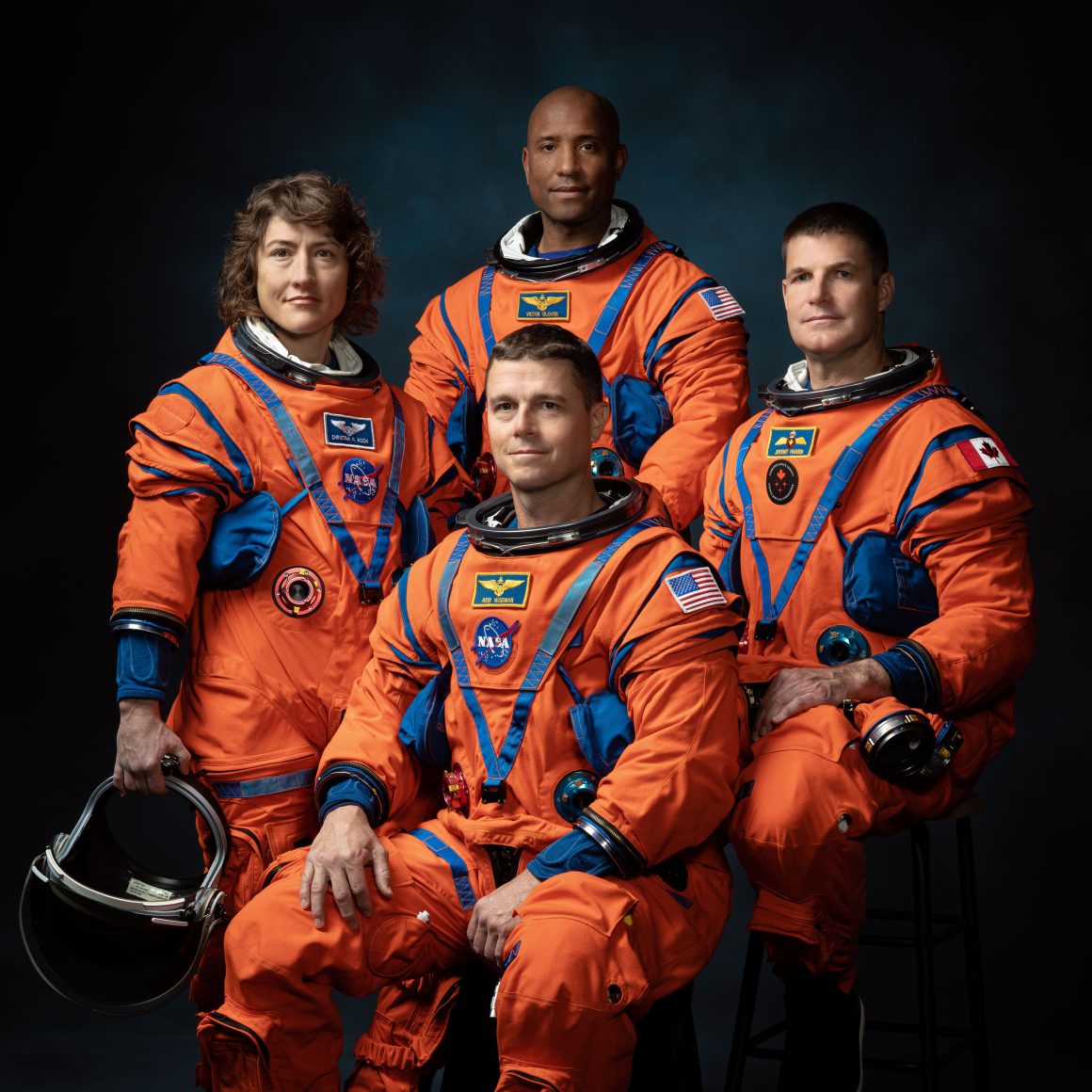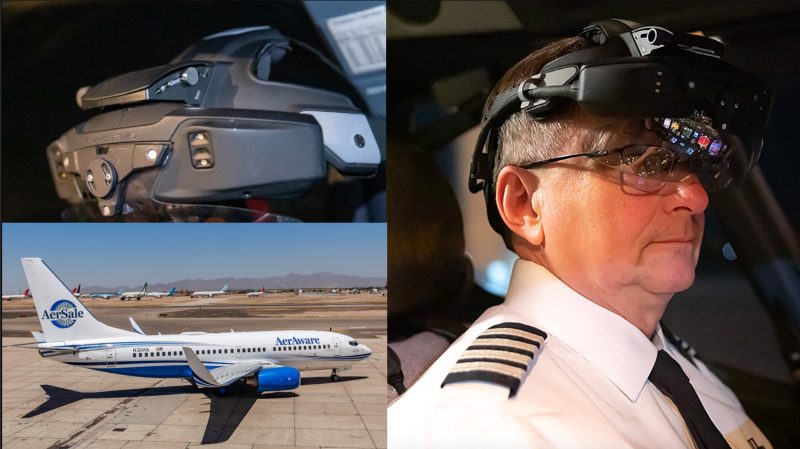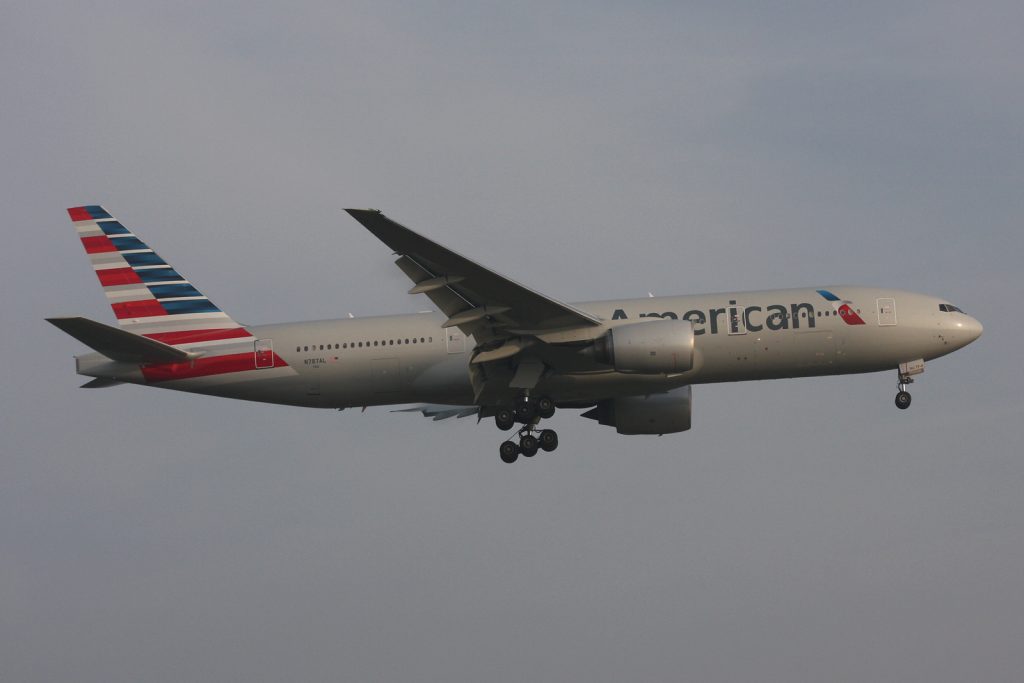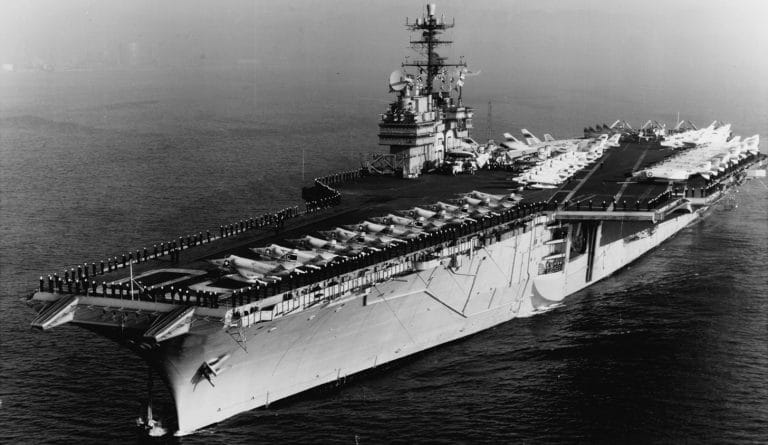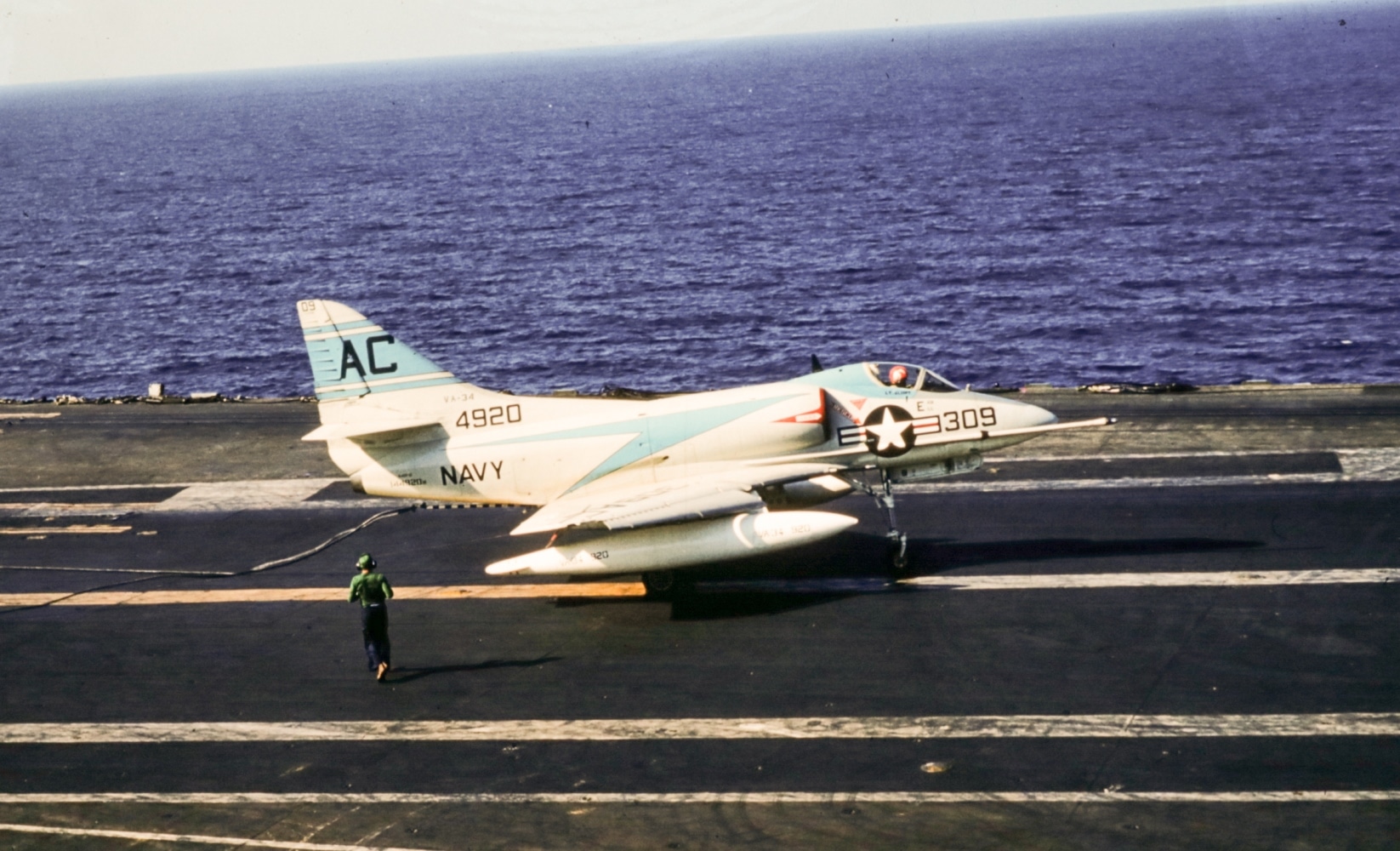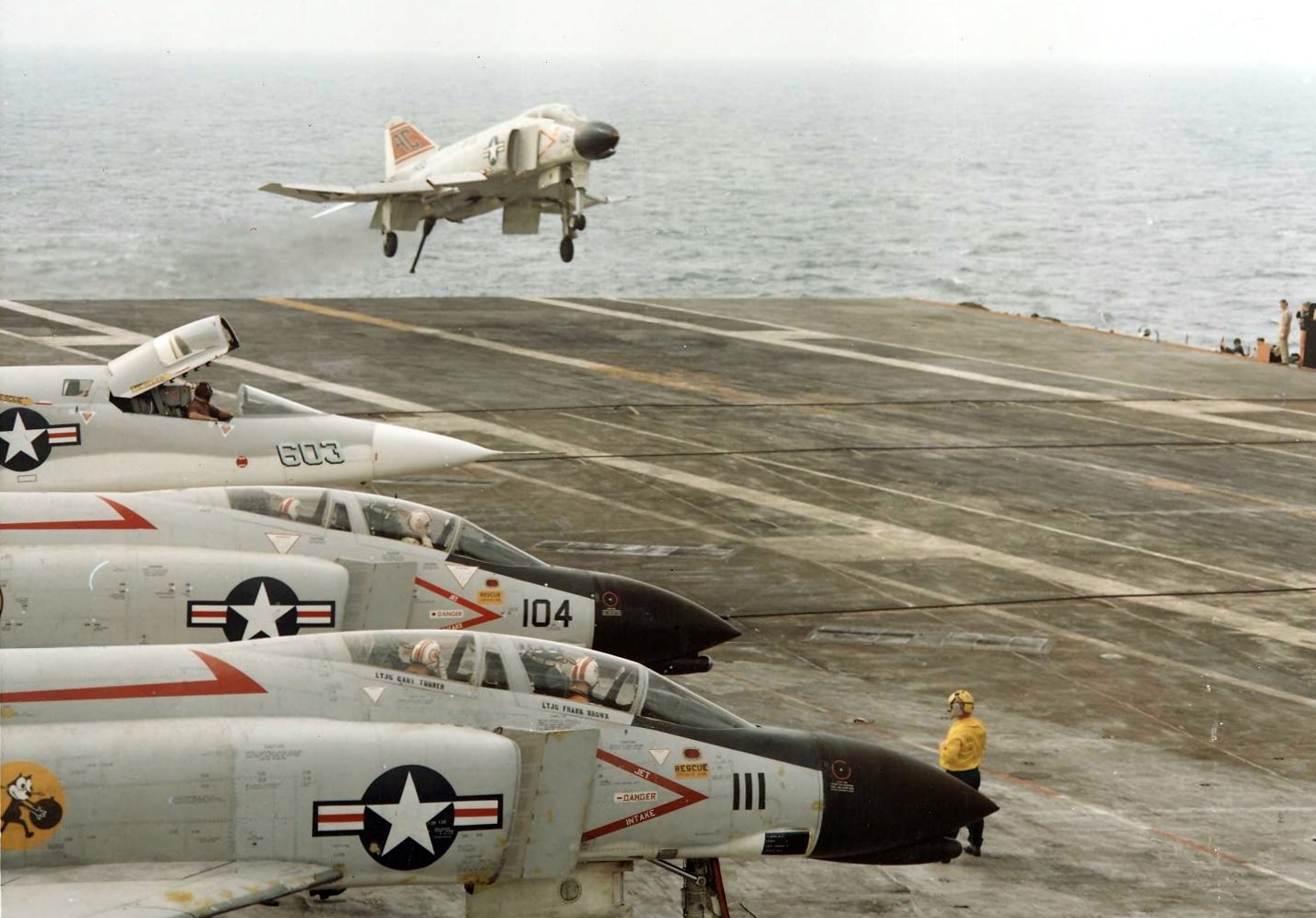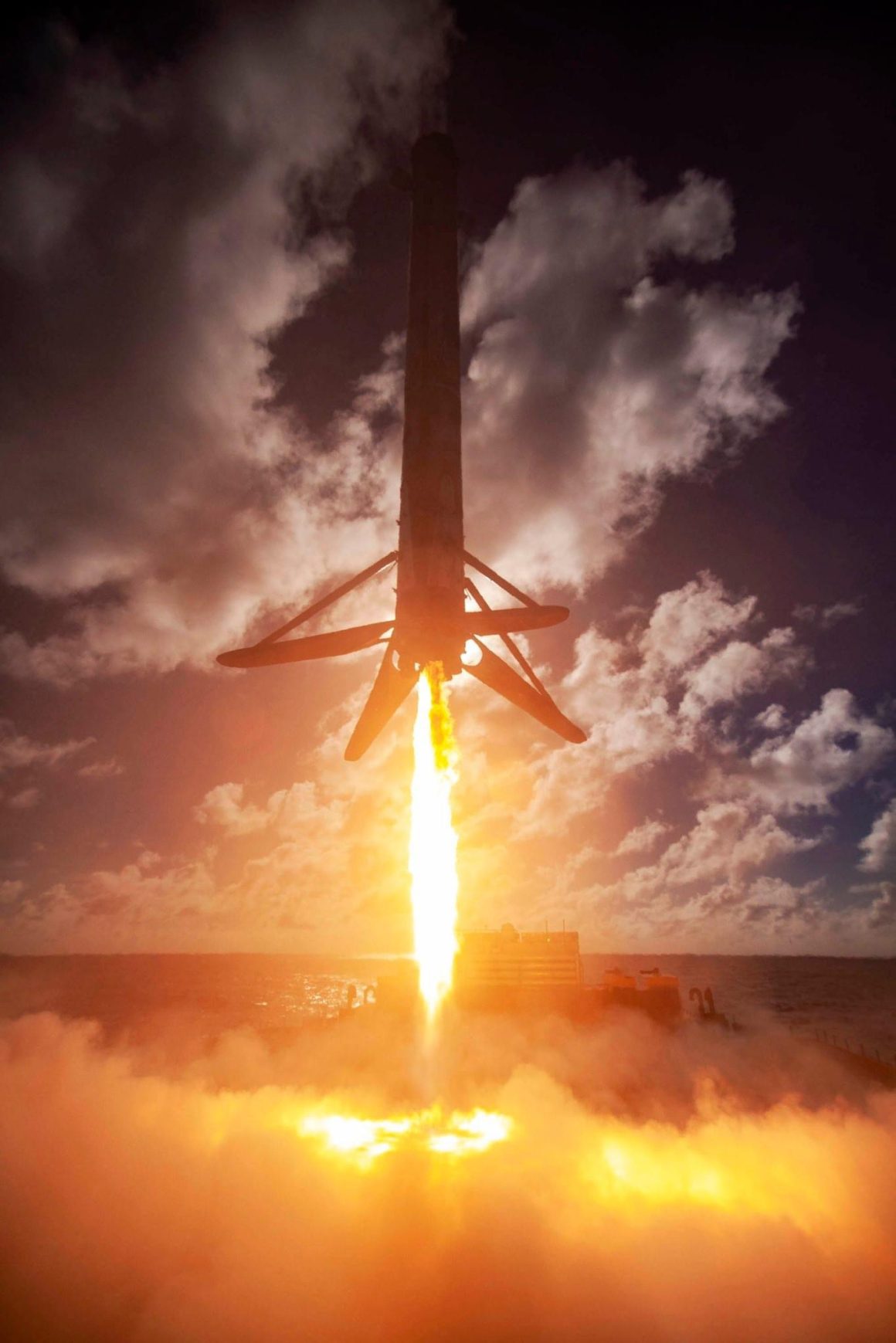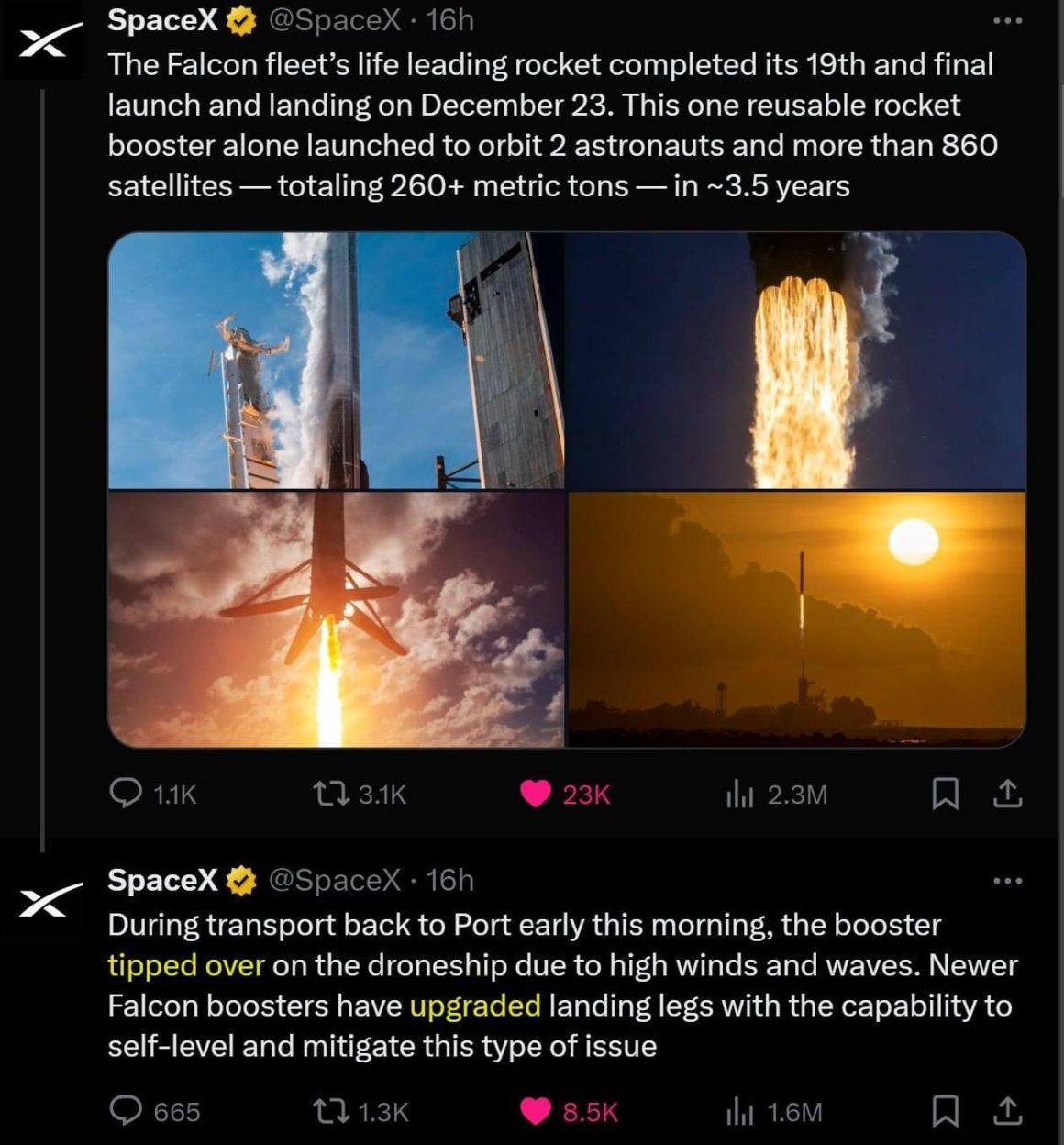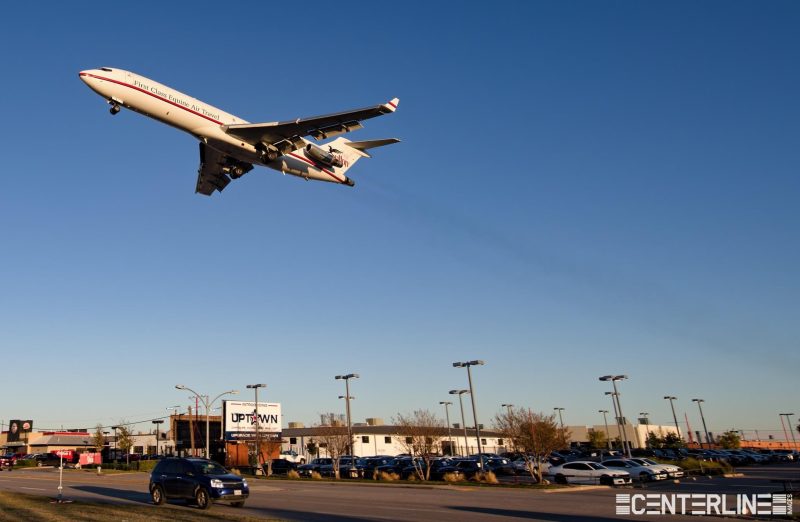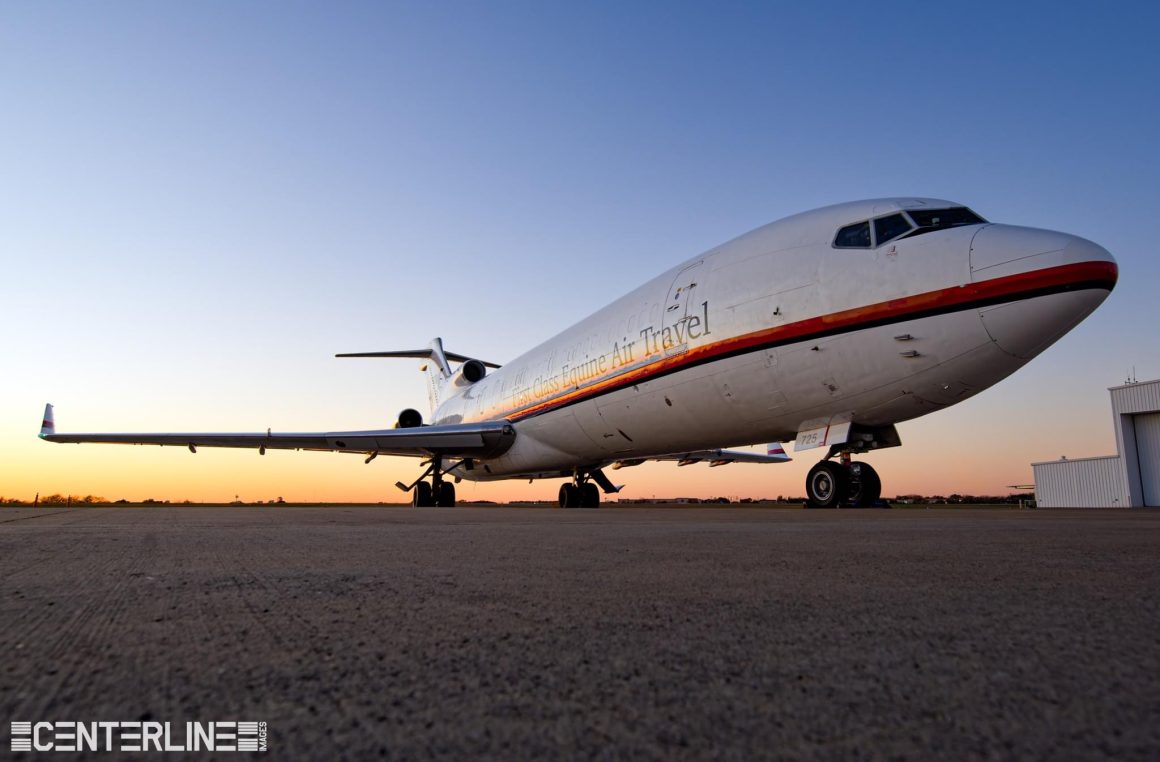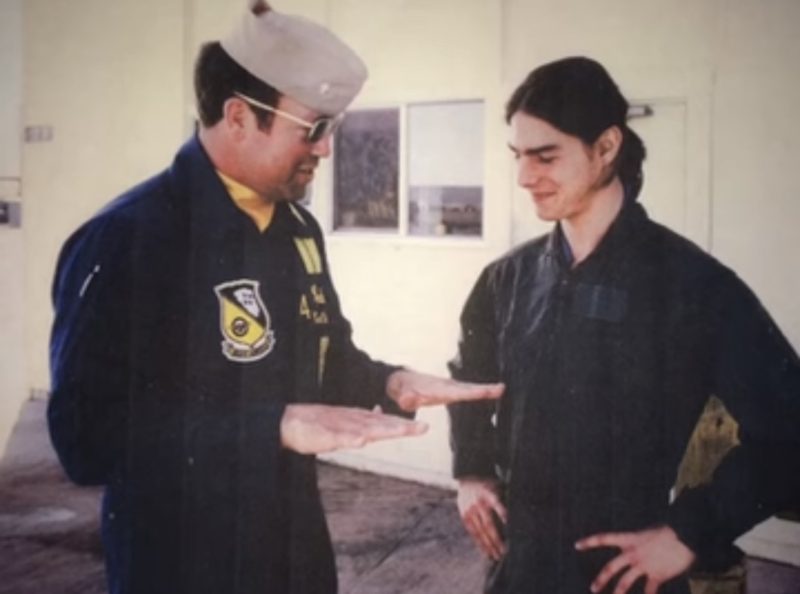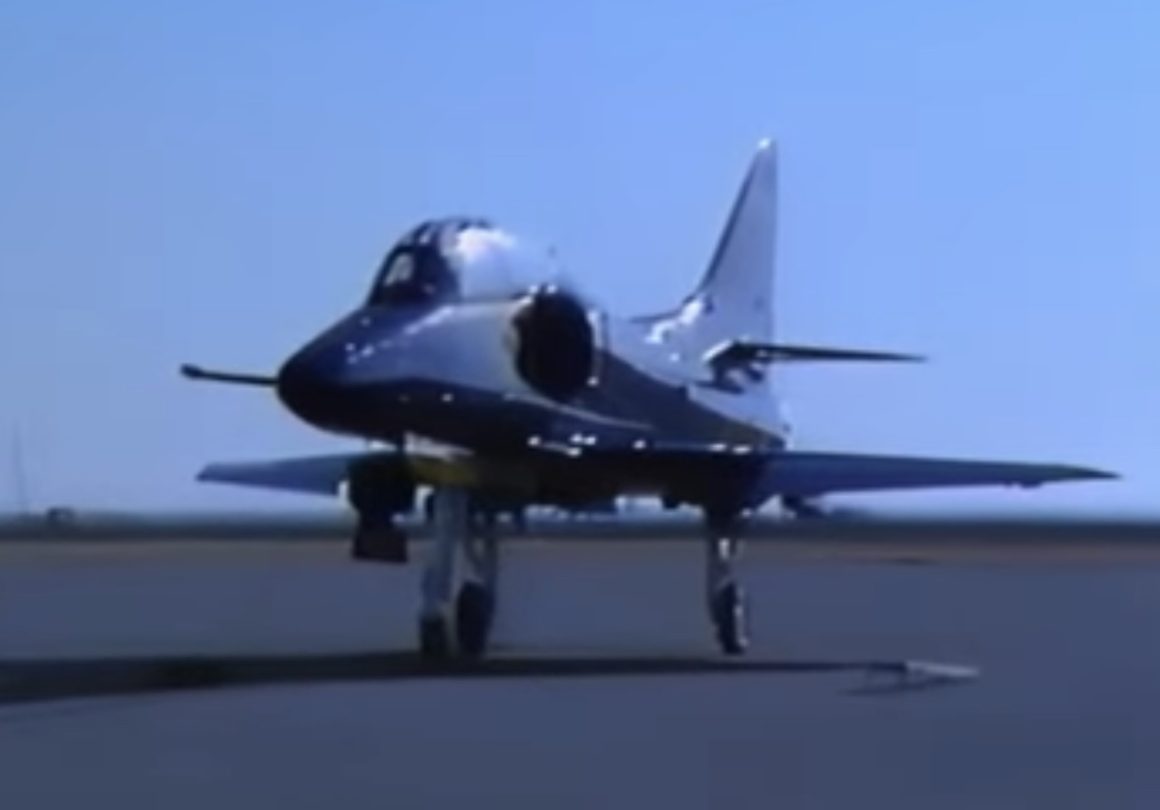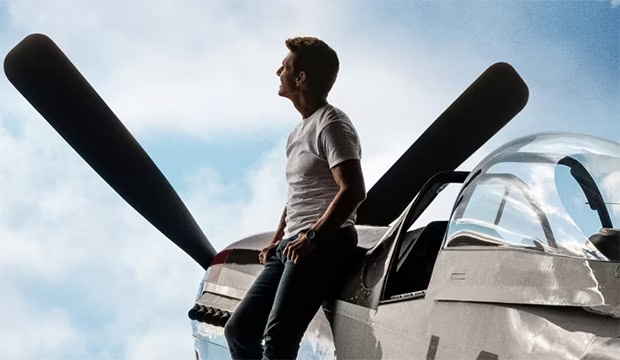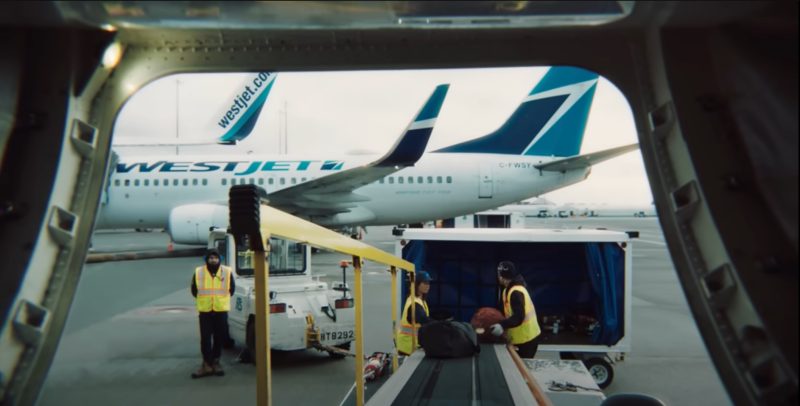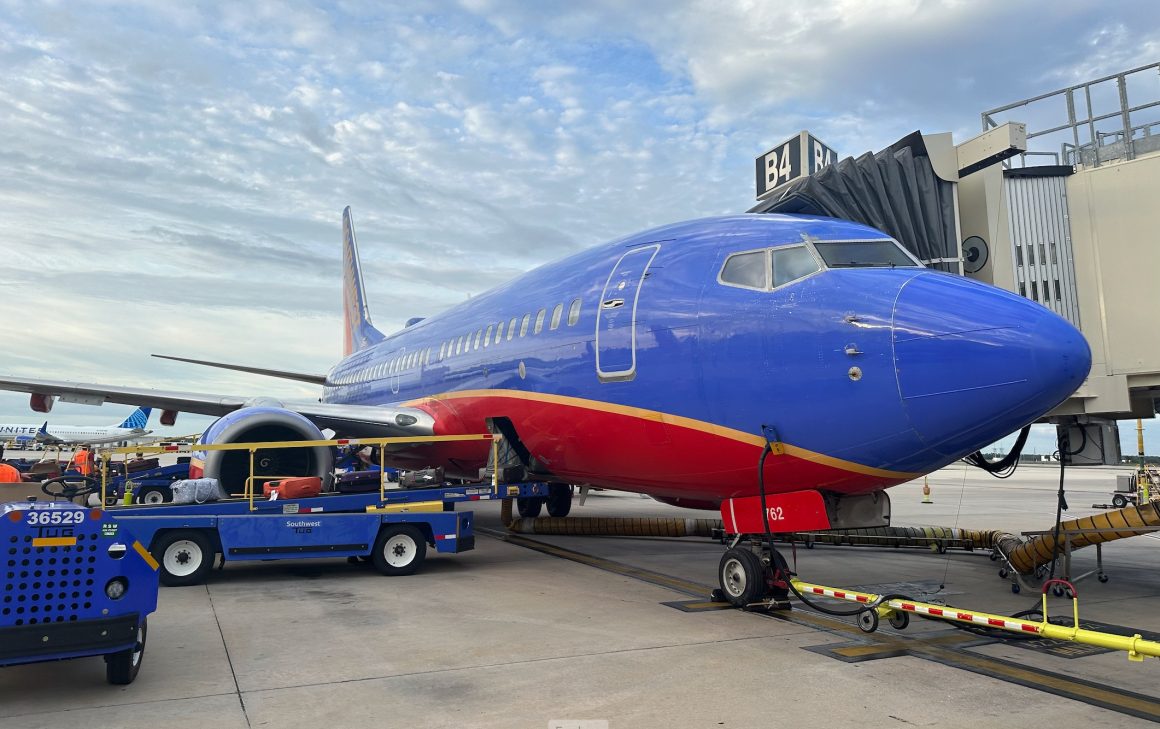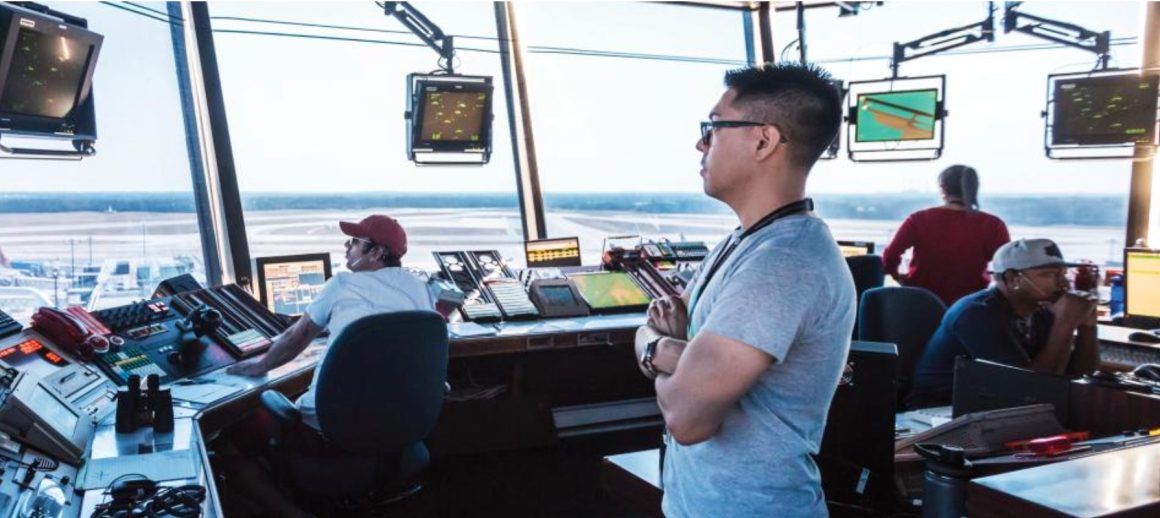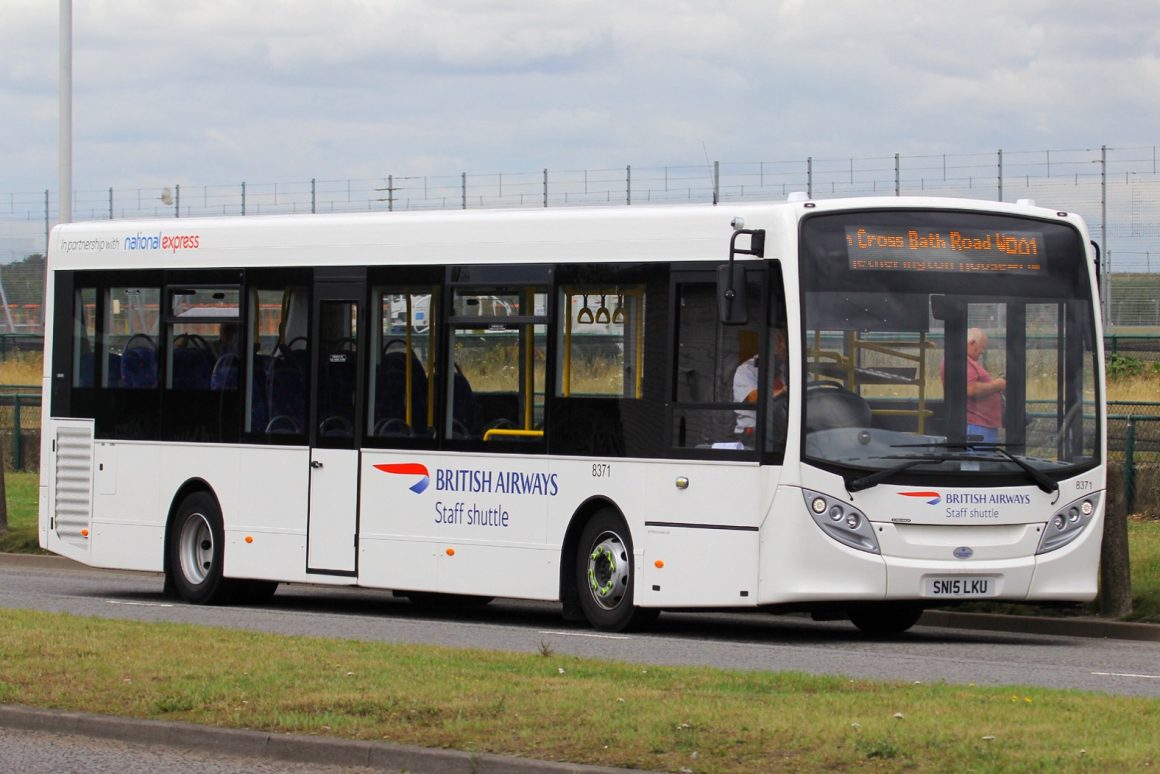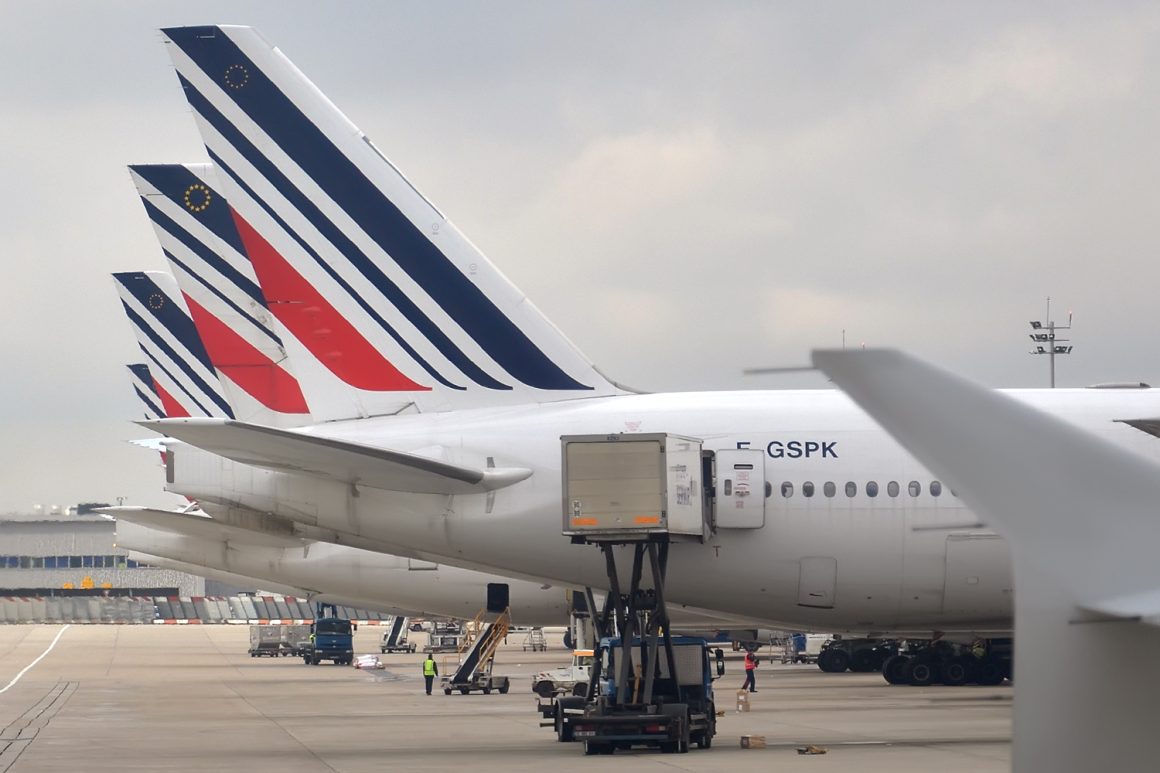The accident that took place in Haneda, Japan between a Japan Airlines Airbus A350-900 and a Japanese Coast Guard Dash-8 was tragic. Five coast guard crew members lost their lives in the accident. In the coming days, we’ll likely learn more about the incident, what went wrong, and how to prevent such incident from happening again. Amidst the rubble of two burnt out jets, there is something to celebrate. 379 people onboard the Japan Airlines jet are alive today and they can thank their professional crew of flight attendants, pilots, solid engineering, and their own individual discipline during the evacuation for this blessing.
It starts at the safety briefing
Really glad that all of the Japan Airlines pax and crew seem to have survived the crash.
— JT Genter (@JTGenter) January 2, 2024
But I'm not surprised to hear that it was an orderly evacuation. JAL is able to board widebody aircraft in 10-15 mins as pax are so considerate.
Also JAL plays this every safety briefing: pic.twitter.com/FZX21raQj0
If you’ve flown in the past 70 years, you’ve seen the safety briefing. Flight attendants will ask for your attention for a few moments. They might make a joke about how to fasten your seat belt and then point to where the emergency exits are in case of an evacuation. Most people feign attention or zone out. After all, air travel is one of the safest modes of transportation ever devised. Yet the information they share there is valuable.
In an emergency, leave your belongings behind. Even the most expensive MacBook or Gucci bag can be replaced. Human lives can’t.
One of the things they state is that in the event of an evacuation, leave all your belongings behind. In emergency after emergency, we’ve seen people bring their bags and belongings. In the 2019, Aeroflot Superjet crash people lost their lives because of this selfish action. Passengers were more concerned with grabbing their belongings instead of expediting their exit. 41 people lost their lives because of that delay.
Why The Japan Airlines Flight Attendants Deserve Significant Credit
The Japan Airlines crash showed us what ‘good’ looks like. Everyone on that jet emerged from the scene alive and relatively unscathed. While we’ll undoubtedly learn more about what went right in the evacuation on Jan 2, 2024, we already know some of the best practices that appeared to be followed. The numbers don’t lie. The flight attendants deserve credit for ensuring every passenger and crew successfully escaped. Evacuating 379 startled and scared people in seconds is no small feat.
1.) The Passengers Stayed Calm
In cabin video of the crash shows that passengers remained calm in the initial seconds after the jet impacted the Dash-8. There was relatively little screaming and no shoving or moving about the cabin unnecessarily. Passengers remained calm and ready to listen for further instructions.
2.) Flight attendants chose the correct exits
生まれて初めて、生命の危機を感じました。
— Ricole (@ricole0704) January 2, 2024
A350の45Hに座っていましたが、ものすごい衝撃の直後、両翼から炎が…
前のハッチしか開かず、機内に煙が充満する中ケータイだけ手に脱出してきました。 pic.twitter.com/is5R8KccSw
After an accident, it is important that anyone near an emergency exit analyzes the situation and environment before opening a door. If someone mistakenly opens the wrong door, it can lead to catastrophic consequences. In this incident, it appears that the right engine was still sparking with a growing fuel fire outside the aft right fuselage. With fire on the wings and the right aft fuselage, the flight attendants (and/or passengers assisting) made the correct decision to only open the front exits and the left rear door.
3.) Passengers left their belongings behind and followed flight attendants’ commands
This can’t be emphasized enough. In an emergency, leave your belongings behind. Even the most expensive MacBook or Gucci bag can be replaced. Human lives can’t. In this latest Japan Airlines incident, you don’t see any video of passengers lugging their carryons or heavy bags. While I’m sure that they are a bit sad that they lost their belongings, they are alive to ponder what they will purchase when they are reimbursed for their loss. While Japanese society is known for rule following, it is likely that commands by flight attendants ensured that no one was tempted to grab their bags and delay the evacuation.
4.) Passengers assisted each other
In video from the scene, you can see passengers assisting each other off the emergency slides. This is humanity at its best. While a few photos of the scene were taken by passengers, they were mostly safely away from the crash site. In an event like this, do not prioritize becoming a TikTok star over helping your fellow passenger! It’s the time to be a real life hero and assist others.
Conclusion
The bottom line is that flight attendants are there for both your comfort and safety. They are way more than just a server in the sky. They are there to keep you and your fellow passengers safe. They are highly trained individuals with skills they hope to never have to use. The passengers aboard Japan Airlines 516 are undoubtedly grateful for their skillset and professionalism. Next time you fly, take a moment to appreciate these men and women in the skies.


